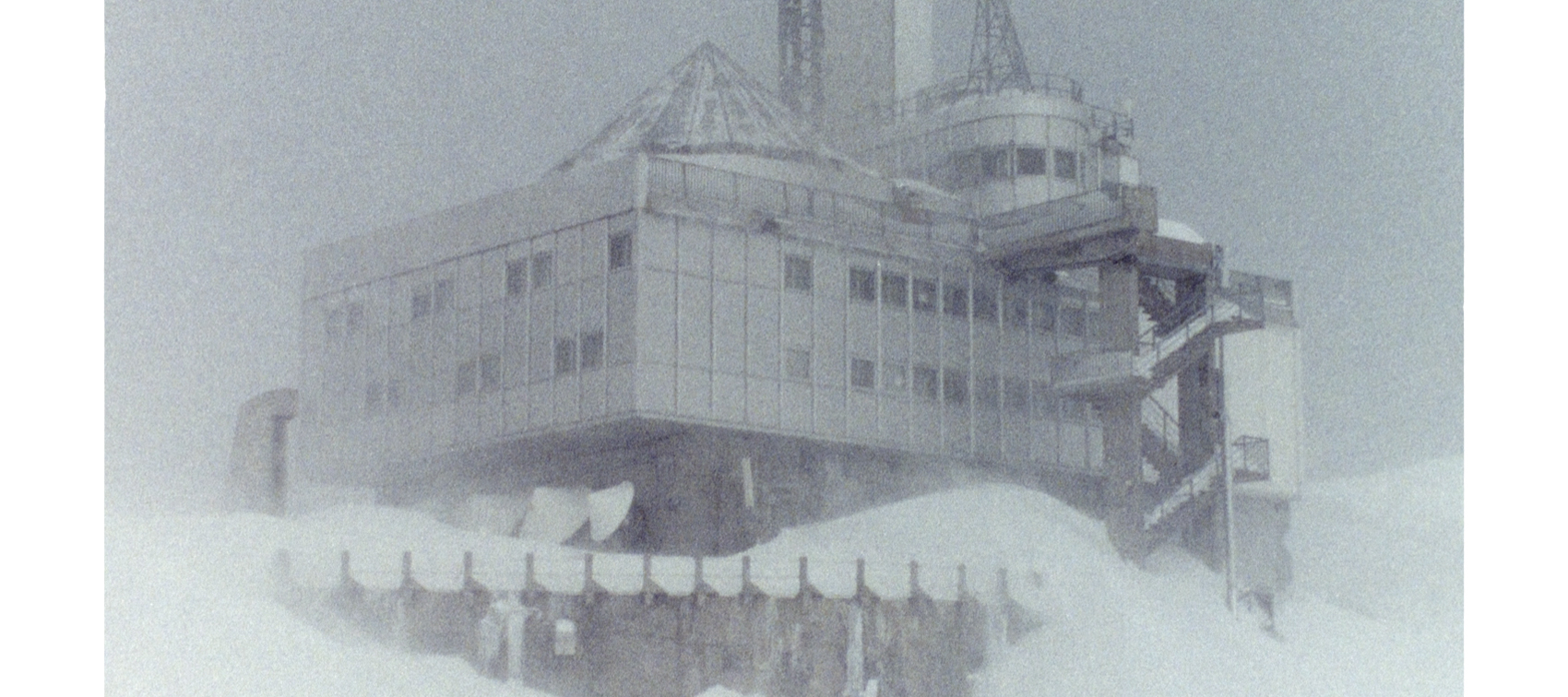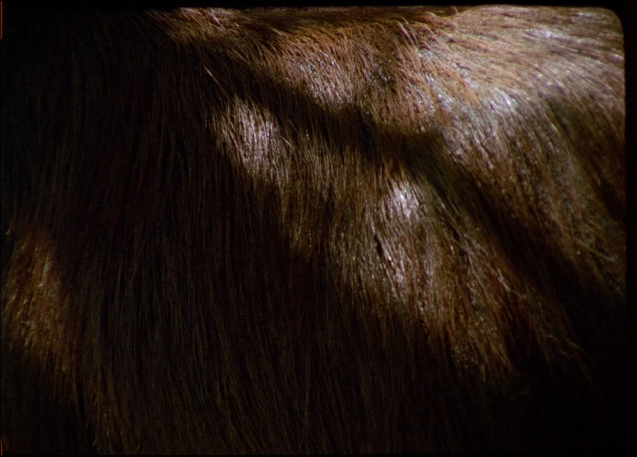The analog image has a place of honor in the hierarchy of images. Impressive and rich, it has depth and functions as a “guarantee of pristine visuality,” as maintained by artist and theorist Hito Steyerl. The privileged status of the image is closely linked to such notions as originality, idiosyncrasy, and quality. According to Steyerl, “Resolution was fetishized as if its lack amounted to castration of the author.”
The new technologies that have evolved in recent decades, however, have eroded the status of analog photography as well as its associated set of values. The emphasis on the “original” and its aura has diverted to engagement with the image’s mutability and reproduction. Film was substituted by the digital file, leaving behind not only nostalgia for the materiality of the film reel, but mainly longing for the analog logic, and its innate continuity, singularity, and indexicality
Vis-à-vis this aesthetic and cultural perception of analog film production as an indicator of “high-end economy,” on the one hand, and of loss and yearning, on the other, the exhibition “Sight Lines” presents contemporary works in which Israeli and international artists rethink the use of film in today’s world. At the very height of the digital photography revolution—and the resulting need to create a stable representation of reality—these works present a new stance which regards film as a “critical substance”: the history and aesthetics identified with it are used here as a means through which to reflect on contemporary social and cultural processes. It is not a fetishization of the material itself—most of the works were intended to be digitally converted to begin with—but rather use of the nature of film as a carrier of time and a recorder of place, so as to shed light on the way in which we experience, remember, and acquire knowledge today. The poetry, the colorfulness, and the “alchemy of circumstance” (as described by artist Tacita Dean) lost with the transition to digital film are recruited anew in favor of a suspended, lingering gaze on some of the great narratives of modernity—nationalism, capitalism, and progress—the same modernity with which the analog image is so closely identified.
The works in “Sight Lines” address the intergenerational gaps and the crisis of meaning created around the transition from analog to digital film using different strategies. They introduce an unresolved tension between the various technologies, combining reality and fiction to create alternative historical narratives. The traces left by light on the film and the set of occurrences it manifests are used here to sketch a complex picture of the dynamics between reality and its representations. The featured works do not aim to produce total meaning, signify a sequence of actions, or strengthen the status of the auteur. Their sight lines no longer run parallel. The image they put forth criticizes the “pristine visuality” of analog film just as much as it produces such visuality through multiple voices, unexpected cuts, and new stories
Read more






